
You’re Storing Your Produce All Wrong — Here’s How to Do It Right
Many of us toss our fruits and vegetables into the refrigerator without a second thought. While convenient, this habit can actually shorten their lifespan and diminish both flavor and nutritional value. Each type of produce has its own ideal storage conditions, and knowing these can help you reduce waste and enjoy fresher meals.
Below is a simple guide to storing your most common fruits and vegetables the right way — so they last longer, taste better, and keep more of their nutrients.
1. Tomatoes: Keep Them on the Counter
Refrigerating tomatoes dulls their flavor and gives them a mealy texture.
Instead, store them:
-
At room temperature, out of direct sunlight
-
In a single layer to prevent bruising
-
Stem-side down if they’re still ripening
Eat them within a few days once ripe.
2. Potatoes: Paper Bags, Never Plastic
Potatoes need a cool, dark, and ventilated space.
-
Use paper bags or a cardboard box
-
Keep them at 45–50°F (7–10°C)
-
Avoid light to prevent greening and solanine formation
Check them regularly for sprouting or soft spots.
3. Keep Onions and Potatoes Separate
Storing onions and potatoes together causes faster spoilage.
-
Onions release gases that make potatoes sprout
-
Store onions in mesh bags or baskets in a cool, dry place
Always store them apart.
4. Apples: Crisper Drawer for the Win
Apples last longest in the refrigerator’s crisper drawer, where humidity levels stay stable.
-
Remove bruised apples to prevent faster spoilage
-
At room temperature, apples last about one week
-
In the fridge, they stay fresh for several weeks
5. Leafy Greens: Keep Them Dry and Crisp
Moisture is the enemy of greens.
-
Rinse and dry completely
-
Wrap in a paper towel
-
Store in a breathable container or perforated bag in the crisper drawer
They’ll stay crisp for up to a week.
6. Berries: Handle With Care
Berries spoil quickly due to their delicate skins.
-
Remove spoiled or moldy berries before storing
-
Do not wash until you’re ready to eat
-
Store in a single layer on a paper-towel-lined container
This reduces moisture and slows mold growth.
7. Citrus Fruits: Room Temperature or Fridge
For short-term use (under 1 week), citrus can sit at room temperature.
For longer storage:
-
Keep them in the crisper drawer
-
Store in mesh bags or loose in the drawer
-
Use a sealed bag if they start to dry out
8. Bananas: Control the Ripening
Bananas ripen at room temperature.
-
Hang them to prevent bruising
-
Move to the refrigerator when ripe (peels may brown, but fruit stays fresh)
-
Freeze overripe bananas for smoothies or baking
9. Avocados: From Firm to Ready
-
Ripen at room temperature
-
Speed it up by placing them in a paper bag with an apple or banana
-
Once ripe, refrigerate to slow down further ripening
-
For cut avocado: brush with lemon juice and wrap tightly
10. Root Vegetables: Cool and Humid
Carrots, beets, and parsnips prefer:
-
Leafy tops removed
-
Storage in perforated bags in the fridge
For long-term storage, keep them in a cool basement buried in sand or sawdust.
11. Fresh Herbs: Treat Them Like Flowers
Most herbs stay fresh longest when:
-
Trimmed
-
Placed in a glass of water
-
Covered loosely with a plastic bag
-
Stored in the refrigerator
But basil is the exception — store it at room temperature, as cold will turn the leaves black.
News in the same category


She Lost Half Her Brain — But Rebuilt an Entire Life

Bone Cancer: The Silent Destroyer That Strikes From Within

3 Flowers That Make Snakes Tremble in Fear

I was totally in the dark on this!

Most People Get This Wrong — Here’s How Often You Should Refresh Everything

Mine Could Definitely Flower More

The Kid Who Was Surprised By Dad With Birthday Bat In Viral Video Hits Home Run With Bat And Dad Catches It

Delaware Post Office Renamed In Honor of Mary Ann Shadd Cary, First Black Woman Publisher

Meet Shantrelle P. Lewis, Curator, Filmmaker & the Preeminent Scholar of Global Black Dandyism

Jalen McKee-Rodriguez Makes History As First Openly Gay Black Man To Be Elected To Office In Texas

Breaking Bob: How a 75-Year-Old Turned a Five-Minute Smoke Break into a Viral NYC Spectacle

Aretha Duarte Makes History As First Black Latin American Woman To Climb Mount Everest

Issa Rae Opens New ‘Downtown Dough’ Pizzeria in L.A.

106 & Park to Celebrate 25 Years With an Epic Reunion at the 2025 BET Awards

She Just Opened The First Black-Owned Direct Primary Care Facility In Washington State

Stacey A. Dixon Set To Make History As The Highest Ranking Black Woman In U.S. Intelligence

First Black Woman To Become Union Pacific Railroad Train Engineer Releases New Autobiography

Remembering Fashion Icon André Leon Talley and the Powerful Legacy He Left Behind
News Post

Goodbye Cavities? A Future Where Teeth Heal Themselves May Be Closer Than We Think
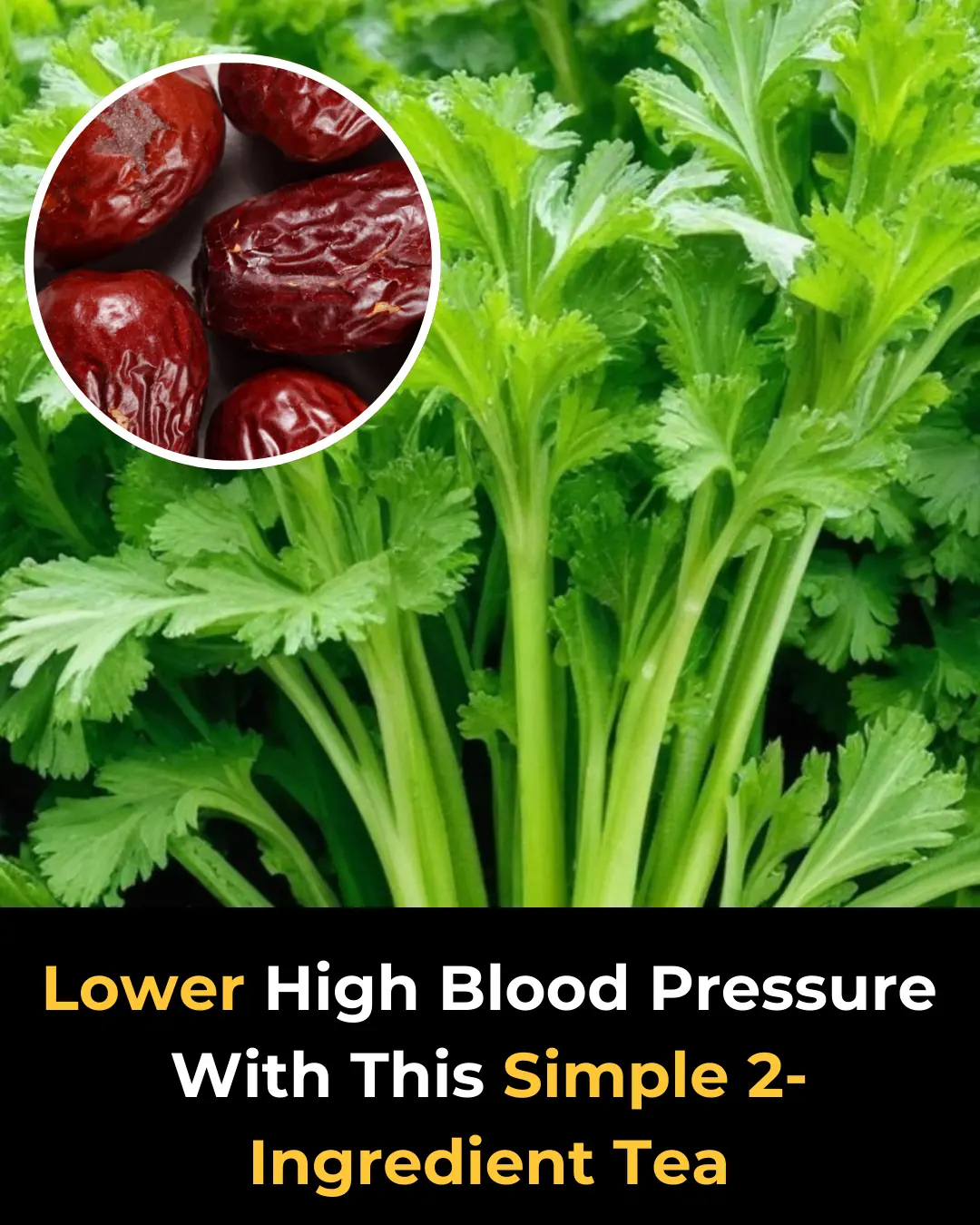
Got High Blood Pressure? Try This 2-Ingredient Tea!

She Lost Half Her Brain — But Rebuilt an Entire Life

Bone Cancer: The Silent Destroyer That Strikes From Within

Put a drop of essential oil on clothes while soaking: "Special" use, not everyone knows how to apply it
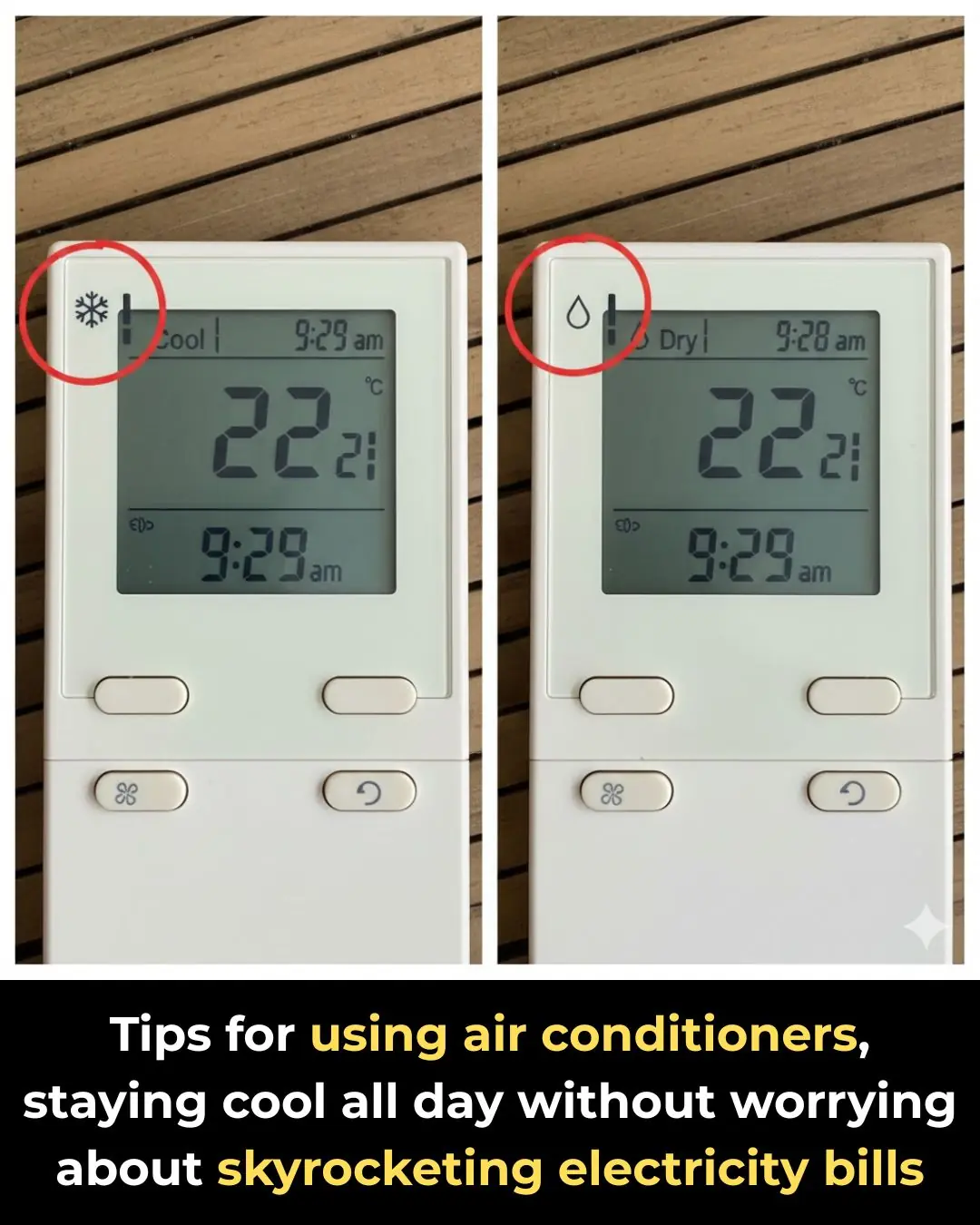
Tips for using air conditioners, staying cool all day without worrying about skyrocketing electricity bills

How to stew delicious braised meat with Northern style, great to eat with rice in cold weather
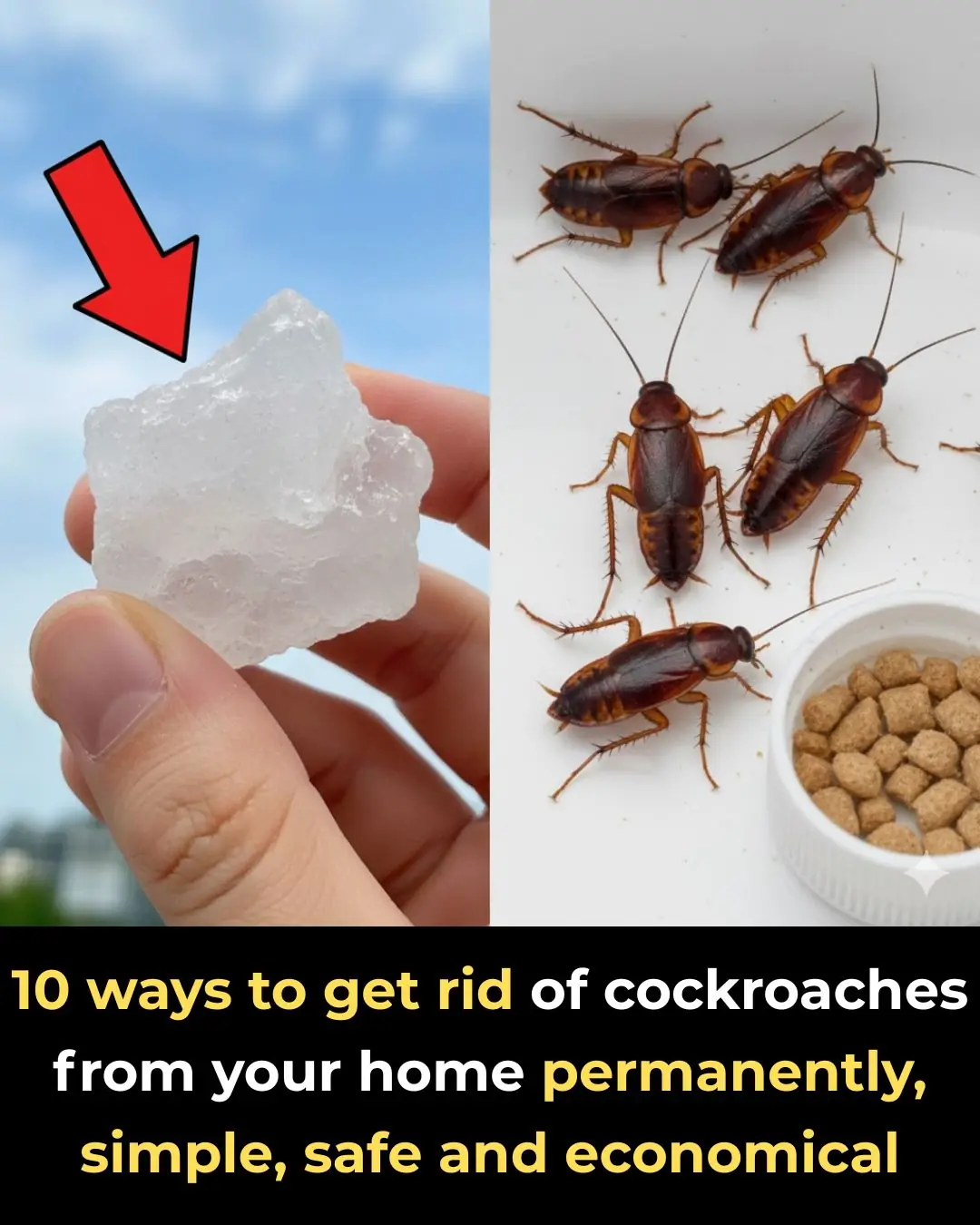
10 ways to get rid of cockroaches from your home permanently, simple, safe and economical
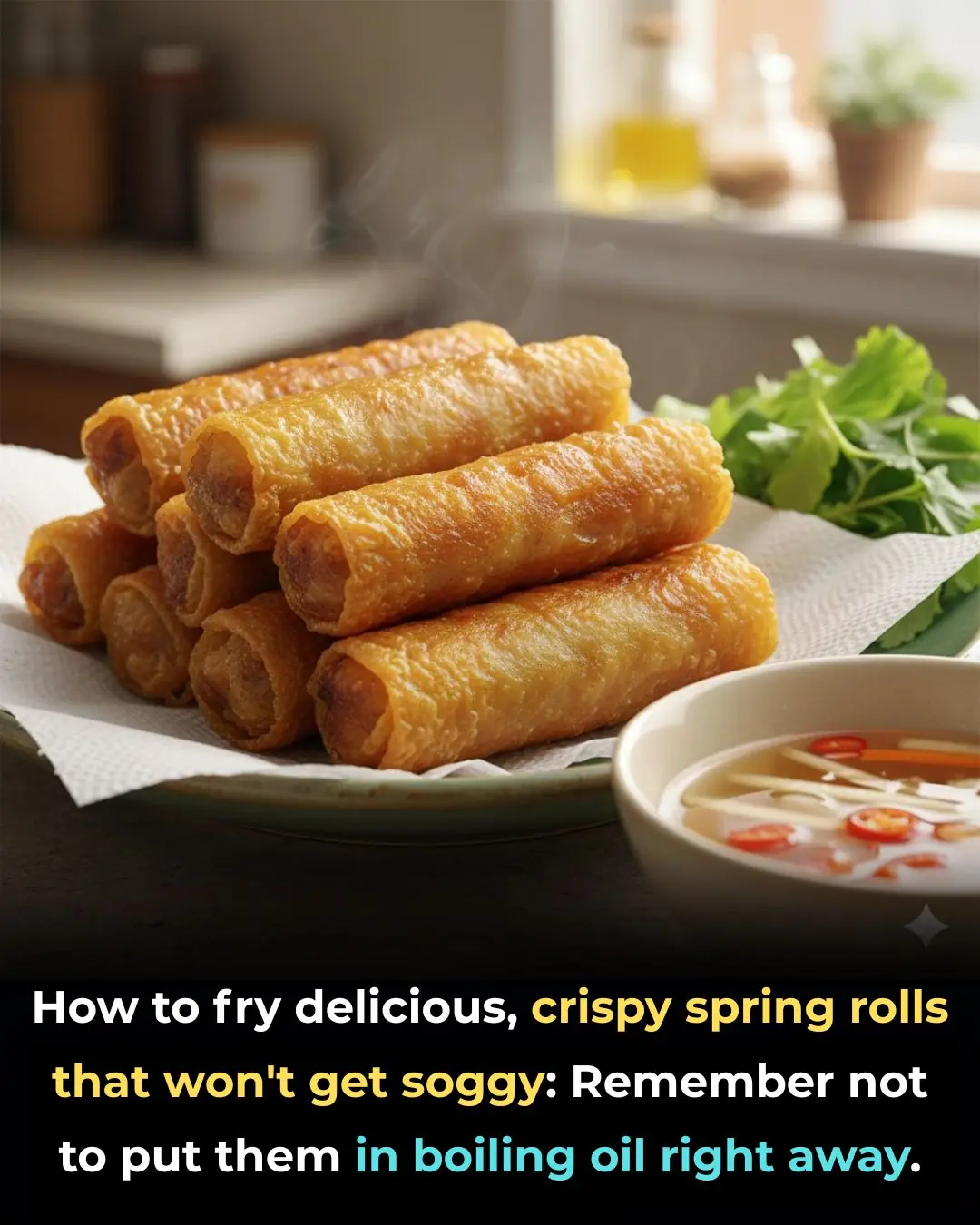
How to fry delicious, crispy spring rolls that won't get soggy: Remember not to put them in boiling oil right away.
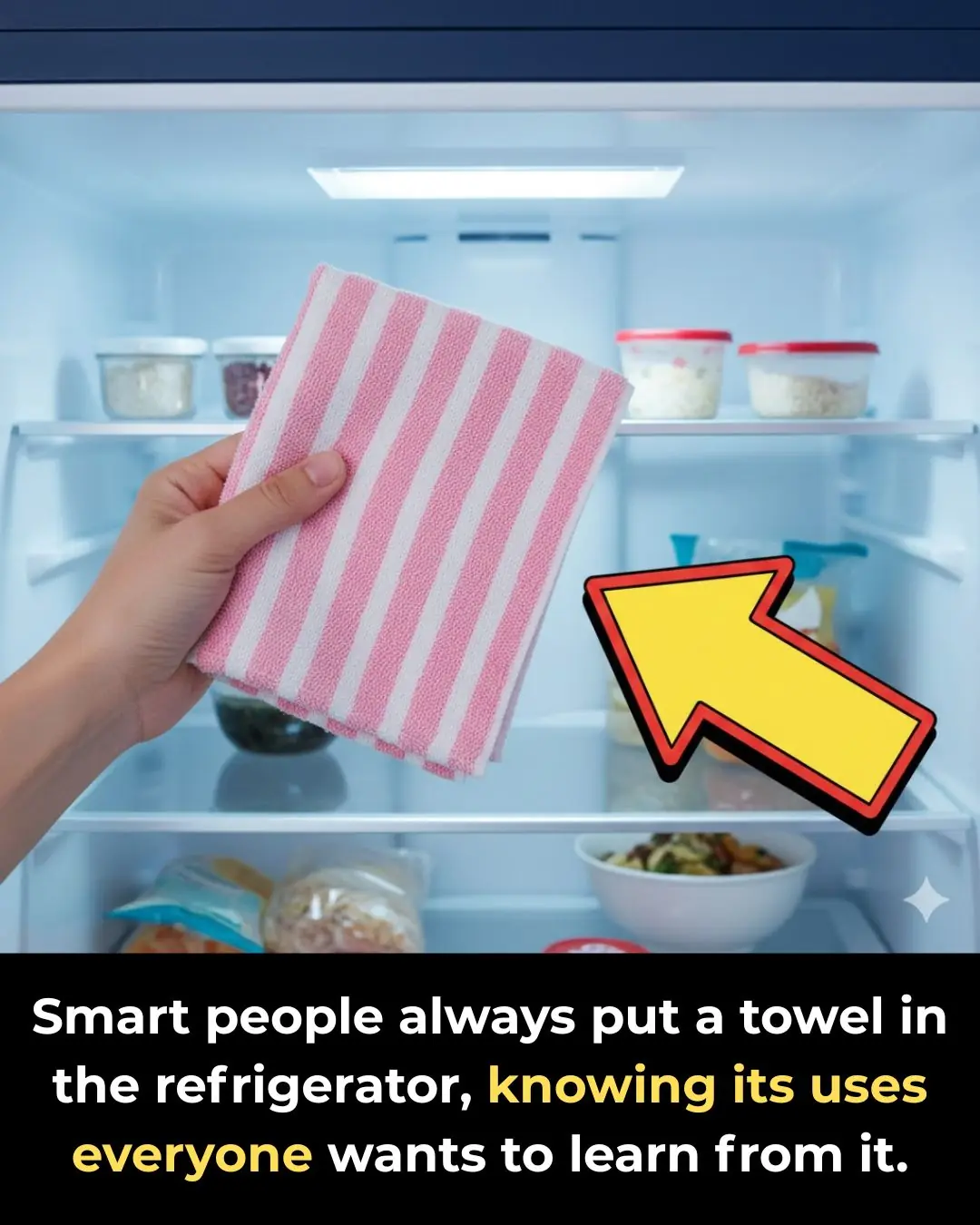
Smart people always put a towel in the refrigerator, knowing its uses everyone wants to learn from it.

If you kiss a deceased loved one, you should know that it causes ...

5 Foods That Dramatically Improve Blood Flow to Your Legs

Doctors warn: Statins may deplete vitamin K₂ and raise your risk of dangerous artery calcification

When a Woman Bites Her Lip While Staring at You, It Means She Is ...

3 Flowers That Make Snakes Tremble in Fear

I was totally in the dark on this!

Most People Get This Wrong — Here’s How Often You Should Refresh Everything

The step-by-step plan to drop 30 pounds quickly in 2025
